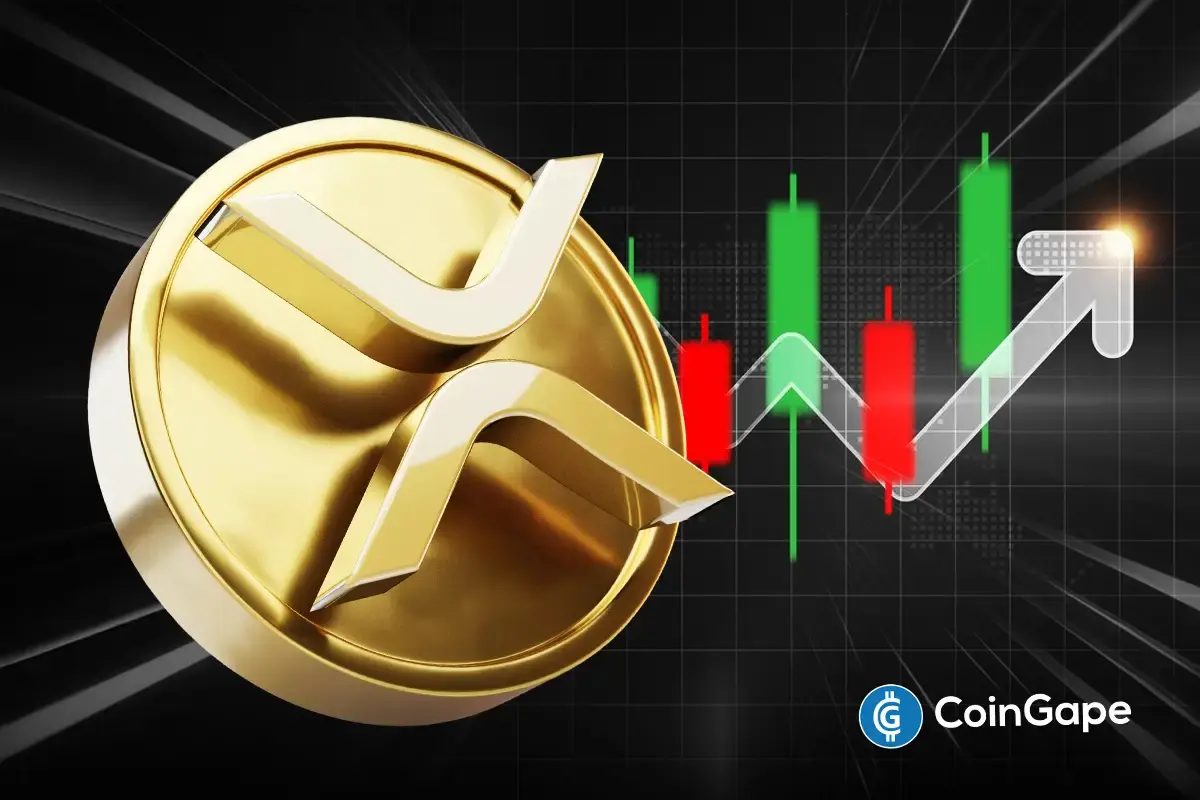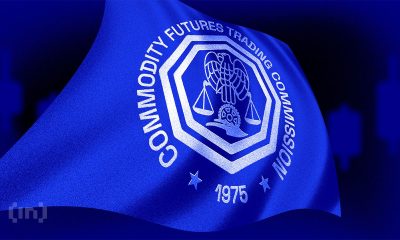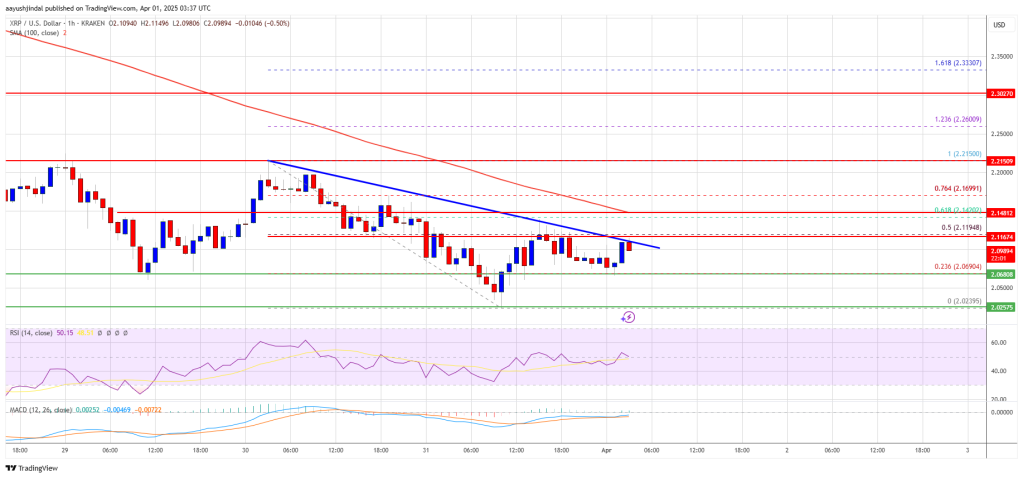Market
Crypto Projects Face High CEX Listing Fees—Is Change Coming?

The cryptocurrency community is abuzz following recent allegations surrounding the listing practices of prominent centralized exchanges (CEXs), notably Binance and Coinbase.
What began with a post by Simon Dedic, CEO of Moonrock Capital, has sparked widespread debate on how much power CEXs wield in determining the fate of new projects and tokens. Amid this controversy, industry leaders and community members are weighing in, exposing the growing divide between centralized and decentralized exchanges.
Allegations of High Demands for CEX Listings
In a post on X (formerly Twitter), Dedic shared details of a conversation he had with a “Tier 1” project that reportedly spent over a year in due diligence with Binance. According to Dedic, Binance eventually requested 15% of the project’s total token supply in exchange for a listing offer.
He estimated the cost for the listing could range from $50 million to $100 million, describing such demands as “unaffordable” for projects and a key reason for “bleeding charts” — a term referring to price declines following CEX listings.
In response, Andre Cronje, founder of Fantom, disputed Dedic’s claims about Binance. He disclosed that Coinbase, not Binance, had previously demanded substantial fees for listing (probably Fantom’s FTM token) with amounts ranging from $30 million to $300 million over time.
Read more: Binance Review 2024: Is It the Right Crypto Exchange for You?
Cronje’s stance highlights the growing concern over how listing demands might create barriers for projects aiming to gain visibility on major exchanges. Coinbase CEO Brian Armstrong soon addressed the controversy, aiming to set the record straight. Armstrong stated on X, “Asset listings on Coinbase are free,” while promoting decentralized exchanges (DEXs) as a viable alternative.
Armstrong’s post was backed by a Coinbase blog post explaining the Asset Hub, designed to streamline the listing process. Coinbase’s Asset Hub also ensures transparency and fairness, supposedly at no cost to token issuers.
Adding to the debate, TRON founder Justin Sun weighed in, sharing his experiences with both exchanges. Sun stated that while Binance did not charge TRON any listing fees, Coinbase required an $80 million deposit in TRX and a $250 million BTC deposit in Coinbase Custody.
Sun also suggested that such demands are excessive, adding another layer to the debate on whether listing fees are justified for projects of different sizes. The controversy has sparked a wave of community reactions, many voicing disillusionment with CEX practices.
“Kinda makes me not want to buy anything listed on Binance again. Knowing that they paid tens of millions to get on there, so they could get the most exit liquidity they could is a signal that maybe it is not worth that much. Real platforms don’t need to launch on Binance,” said Tuomas Holmberg, founder and CEO of Collector Crypt.
Tenset CEO and co-founder of Tenset Security Mat Millbury echoed the sentiment, criticizing the adverse effects of Binance listings on token prices. Some see the issue as an indication of excessive power wielded by CEXs over new projects.
“Exchanges hold too much power,” Animoca Brands’ Mo Ezeldin commented, suggesting that listing fees and token demands create an unhealthy cycle that ultimately harms projects and drains positive momentum.
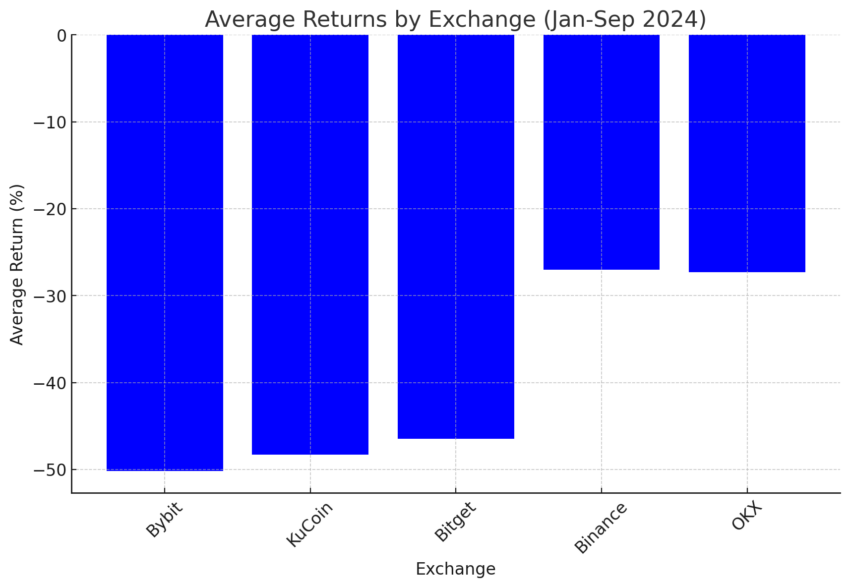
Meanwhile, Mavryck Network founder Alex Davis voiced support for DEXs, arguing they could provide a more sustainable model for the future.
“All this drama surrounding CEXs simply highlights the need for (order book) DEXs and further transparency. Make the rules for listings clear, and list appropriately. The point of crypto was to disintermediate from 3rd parties, not create new ones raking in their own fees,” Davis expressed.
Binance Leadership Defends Policies
Binance’s former CEO Changpeng Zhao (CZ) also responded to the backlash, urging the industry to move away from “quote attacks.” CZ asserted that Bitcoin, the most prominent digital asset, never paid listing fees, advising projects to focus on their development rather than exchange listings. Justin Sun echoed the sentiment.
Similarly, Binance’s co-founder Yi He added that Binance’s listing processes are transparent and based on project merit. She encouraged the public to “do your own research” (DYOR) and dismissed the allegations as “gossip,” explaining that high token allocations for airdrops or promotions do not guarantee listings.
As accusations and rebuttals circulate, the role of decentralized exchanges (DEXs) is coming into sharper focus. Unlike CEXs, DEXs allow projects to list directly without intermediary demands or large token allocations, potentially offering a path toward more equitable access.
Read more: What Are Decentralized Exchanges and Why Should You Try Them?
While centralized exchanges offer liquidity, reach, and visibility, many in the community argue that their influence over project success may be overreaching. The ongoing debate highlights a need for change, whether through increased transparency from CEXs, the adoption of decentralized alternatives, or an industry-wide shift toward fairer practices.
Disclaimer
In adherence to the Trust Project guidelines, BeInCrypto is committed to unbiased, transparent reporting. This news article aims to provide accurate, timely information. However, readers are advised to verify facts independently and consult with a professional before making any decisions based on this content. Please note that our Terms and Conditions, Privacy Policy, and Disclaimers have been updated.
Market
Is CZ’s April Fool’s Joke a Crypto Reality or Just Fun?


On April 1, Binance co-founder Changpeng Zhao (CZ) shared an amusing hypothetical on social media platform X (Twitter).
He posed the hypothetical scenario of a user generating a cryptocurrency wallet address commonly used for token burns, which permanently remove tokens from circulation.
Binance’s CZ Shares Cryptic Hypothetical on April Fools Day
Changpeng Zhao’s April Fools’ joke about generating a token burn address sparked discussions. However, the chances of it happening are astronomically low. CZ shared the post during the early hours of the Asian session, kickstarting an interesting discourse.
“Imagine downloading Trust Wallet and finding your newly generated address is: 0x000000000000000000000000000000000000dead. Theoretically speaking, it has the same chance as any other address. Alright, enough imagining. Not gonna happen. Get back to building. Happy Apr 1!” Changpeng Zhao wrote.
It comes in time for April Fools’ Day, celebrated annually on April 1, dedicated to practical jokes, hoaxes, and playful deception. Trust Wallet, integrated as Binance’s non-custodial wallet provider, played along with the joke.
“Happy April Fool’s Day,” wrote Trust Wallet.
While the idea seems far-fetched, CZ was not technically wrong. Theoretically, there is an infinitesimally small probability that someone could randomly generate a wallet address matching “0x000…dead” using software like Trust Wallet.
However, the chances are comparable to winning the lottery multiple times. To put things into perspective, one can generate blockchain addresses using cryptographic hashing functions that produce 160-bit outputs.
This means there are 2¹⁶⁰ possible Ethereum addresses—a number so vast that generating any specific address, such as “0x000…dead,” is practically impossible.
“Haha, imagine the odds! That is a 1 in 2^160 type of vibe. Good one, CZ—back to work now, no distractions from the code,” Synergy Media wrote, putting the rarity into context.
While CZ’s April Fool’s joke entertained the crypto community, the reality remains unchanged. The likelihood of generating a wallet address identical to “0x000…dead” is close to zero. This means the post was a fun thought experiment but nothing more.
“Imagine that you can randomly generate a Bitcoin private key every second, and suddenly one day the private key you generated happens to correspond to Satoshi Nakamoto’s wallet or Binance’s wallet. That’s terrifying,” another user quipped.
However, the joke does highlight the fascinating cryptographic underpinnings of blockchain technology. While every address is technically possible, some are rare and might as well be myths. Crypto users will have to keep burning their tokens the old-fashioned way.
Disclaimer
In adherence to the Trust Project guidelines, BeInCrypto is committed to unbiased, transparent reporting. This news article aims to provide accurate, timely information. However, readers are advised to verify facts independently and consult with a professional before making any decisions based on this content. Please note that our Terms and Conditions, Privacy Policy, and Disclaimers have been updated.
Market
XRP Bulls Fight Back—Is a Major Move Coming?

XRP price started a fresh decline below the $2.080 zone. The price is now recovering some losses and might face hurdles near the $2.150 level.
- XRP price started a fresh decline after it failed to clear the $2.20 resistance zone.
- The price is now trading below $2.120 and the 100-hourly Simple Moving Average.
- There is a connecting bearish trend line forming with resistance at $2.10 on the hourly chart of the XRP/USD pair (data source from Kraken).
- The pair might extend losses if it fails to clear the $2.150 resistance zone.
XRP Price Faces Resistance
XRP price failed to continue higher above the $2.20 resistance zone and reacted to the downside, like Bitcoin and Ethereum. The price declined below the $2.150 and $2.10 levels.
The pair even declined below the $2.050 zone. A low was formed at $2.023 and the price is now attempting a recovery wave. There was a move above the $2.050 level. The price cleared the 23.6% Fib retracement level of the recent decline from the $2.215 swing high to the $2.023 low.
The price is now trading below $2.120 and the 100-hourly Simple Moving Average. On the upside, the price might face resistance near the $2.10 level. There is also a connecting bearish trend line forming with resistance at $2.10 on the hourly chart of the XRP/USD pair. The trend line is near the 50% Fib retracement level of the recent decline from the $2.215 swing high to the $2.023 low.
The first major resistance is near the $2.150 level. The next resistance is $2.1680. A clear move above the $2.1680 resistance might send the price toward the $2.20 resistance. Any more gains might send the price toward the $2.220 resistance or even $2.250 in the near term. The next major hurdle for the bulls might be $2.2880.
Another Decline?
If XRP fails to clear the $2.120 resistance zone, it could start another decline. Initial support on the downside is near the $2.050 level. The next major support is near the $2.020 level.
If there is a downside break and a close below the $2.020 level, the price might continue to decline toward the $2.00 support. The next major support sits near the $1.880 zone.
Technical Indicators
Hourly MACD – The MACD for XRP/USD is now losing pace in the bearish zone.
Hourly RSI (Relative Strength Index) – The RSI for XRP/USD is now above the 50 level.
Major Support Levels – $2.050 and $2.020.
Major Resistance Levels – $2.120 and $2.150.
Market
CFTC’s Crypto Market Overhaul Under New Chair Brian Quintenz
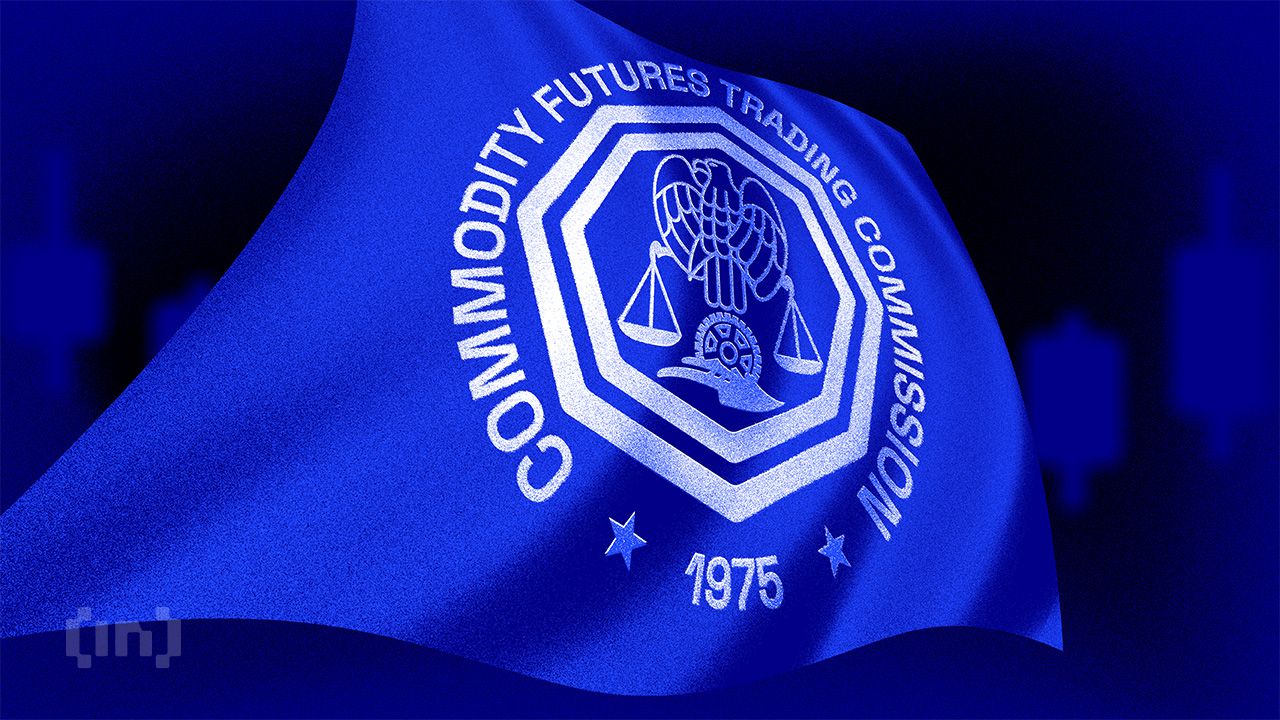
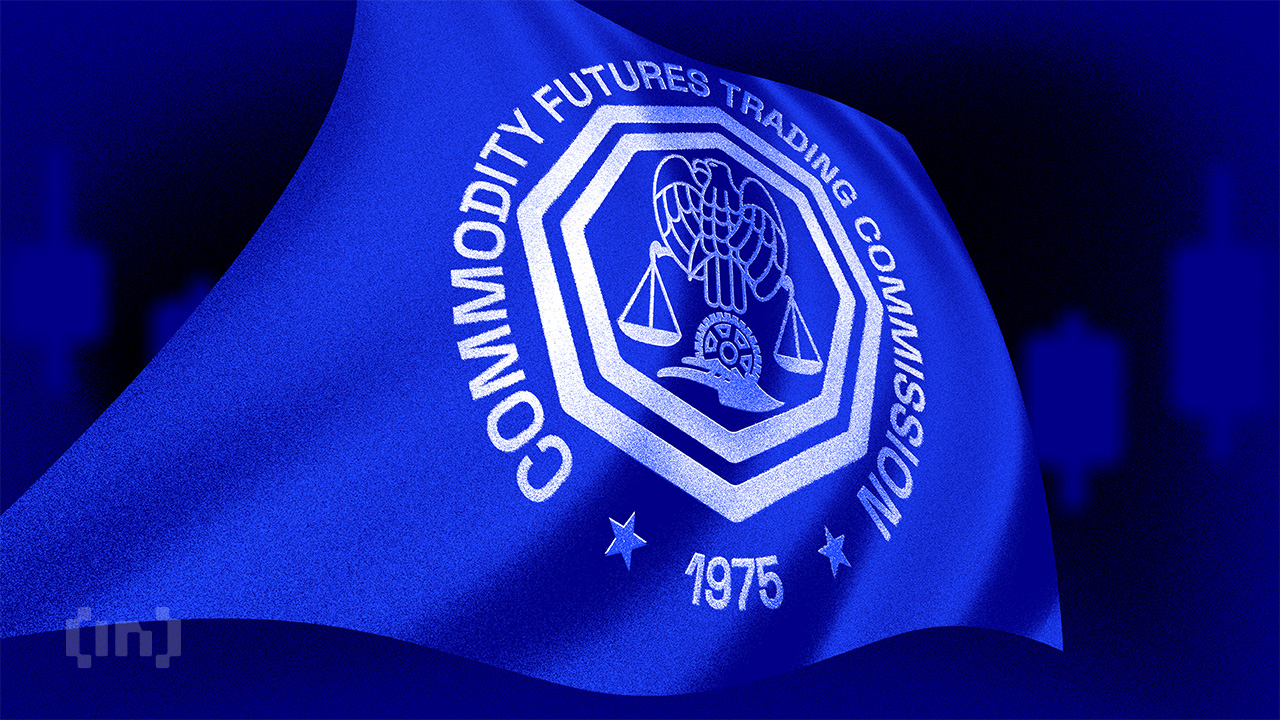
Brian Quintenz, the incoming Chair of the US CFTC (Commodity Futures Trading Commission), has begun meeting with Capitol Hill lawmakers before his nomination hearing.
On Monday, Quintenz met with Senator Chuck Grassley (R-IA) to discuss key regulatory issues, including the CFTC’s role in overseeing crypto spot markets.
CFTC Targets Crypto Spot Market After Derivatives
Brian Quintenz met with Republican Senator from Iowa Chuck Grassley to discuss another element in the CFTC’s crypto market structure regulation agenda. This time, the focus is on crypto spot markets.
“It was wonderful to meet with you Chuck Grassley and discuss your leadership on whistleblower issues as well as the future of the agency,” Quintenz stated.
Grassley also commented on their discussion. He highlighted the CFTC Whistleblower Protection Program for spot crypto markets as part of the agenda. Notably, Grassley is a member of the Senate AG Committee, the legislative body overseeing the CFTC.
Eleanor Terrett, host of the Crypto America podcast, indicated that the Senate AG Committee will have a significant role in part of the CFTC’s crypto regulation agenda. Specifically, it would have an outsized say in whether the CFTC could gain expanded jurisdiction over crypto spot markets.
The meeting comes as the CFTC moves closer to expanding its role in crypto regulation. US President Donald Trump tapped Quintenz, a former executive at venture capital firm Andreessen Horowitz (a16z), to lead the agency.
His appointment is part of Trump’s broader plans to reshape crypto oversight. This could potentially give the CFTC greater authority over digital asset markets.
Meanwhile, regulatory developments surrounding crypto have accelerated in recent weeks. The CFTC eased regulatory hurdles for the crypto derivatives market only days ago. The move will enhance market efficiency and attract institutional investors.
Beyond derivatives and spot markets, the CFTC is also exploring other areas of crypto oversight. The agency recently announced plans to host a roundtable discussion on prediction market regulation. It aims to address the regulation of decentralized prediction platforms.
Stablecoins are also on the agency’s radar. The CFTC also revealed a forum to discuss stablecoin regulation and potential risks associated with their widespread adoption.
Additionally, the Federal Deposit Insurance Corporation (FDIC) and the CFTC revoked previous crypto-related guidelines, signaling a shift in regulatory strategy.
Crypto markets can also not rule out the possibility of further collaboration between key agencies in the broader industry. Reports indicate that the US SEC (Securities and Exchange Commission) and the CFTC have discussed reviving a joint advisory committee to coordinate on crypto regulation.
If revived, the committee could serve as a bridge between the agencies. This would address concerns over jurisdictional overlap and streamlining oversight efforts.
As Quintenz prepares for his nomination hearing, his meetings with lawmakers suggest that crypto regulation will be a top priority for the CFTC moving forward.
Disclaimer
In adherence to the Trust Project guidelines, BeInCrypto is committed to unbiased, transparent reporting. This news article aims to provide accurate, timely information. However, readers are advised to verify facts independently and consult with a professional before making any decisions based on this content. Please note that our Terms and Conditions, Privacy Policy, and Disclaimers have been updated.
-
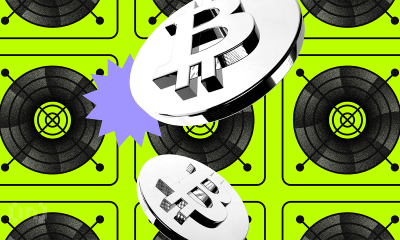
 Market18 hours ago
Market18 hours agoBitcoin Mining Faces Tariff Challenges as Hashrate Hits New ATH
-

 Bitcoin24 hours ago
Bitcoin24 hours agoUS Macroeconomic Indicators This Week: NFP, JOLTS, & More
-

 Market23 hours ago
Market23 hours agoDon’t Fall for These Common Crypto Scams
-
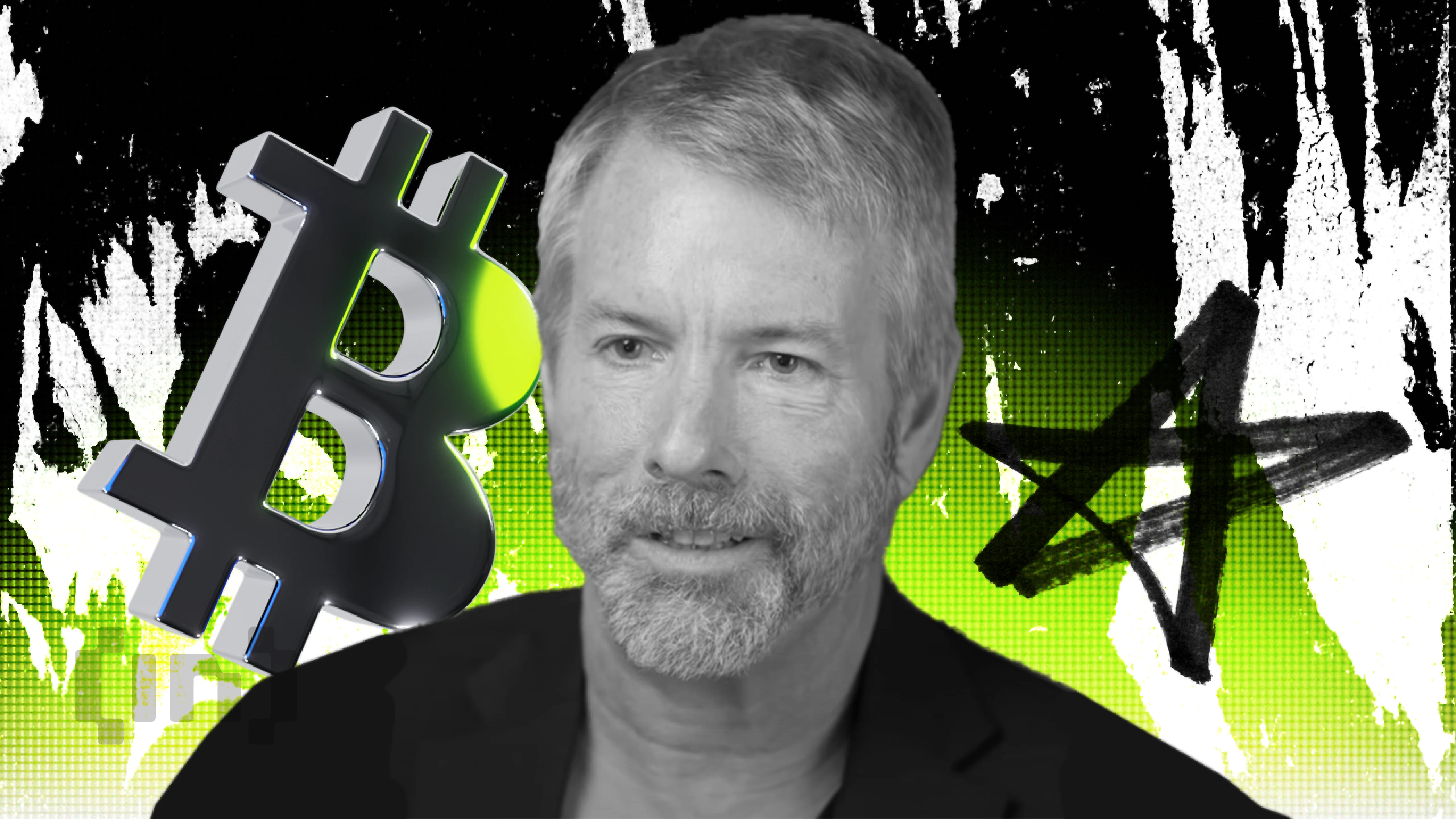
 Bitcoin16 hours ago
Bitcoin16 hours agoStrategy Adds 22,048 BTC for Nearly $2 Billion
-
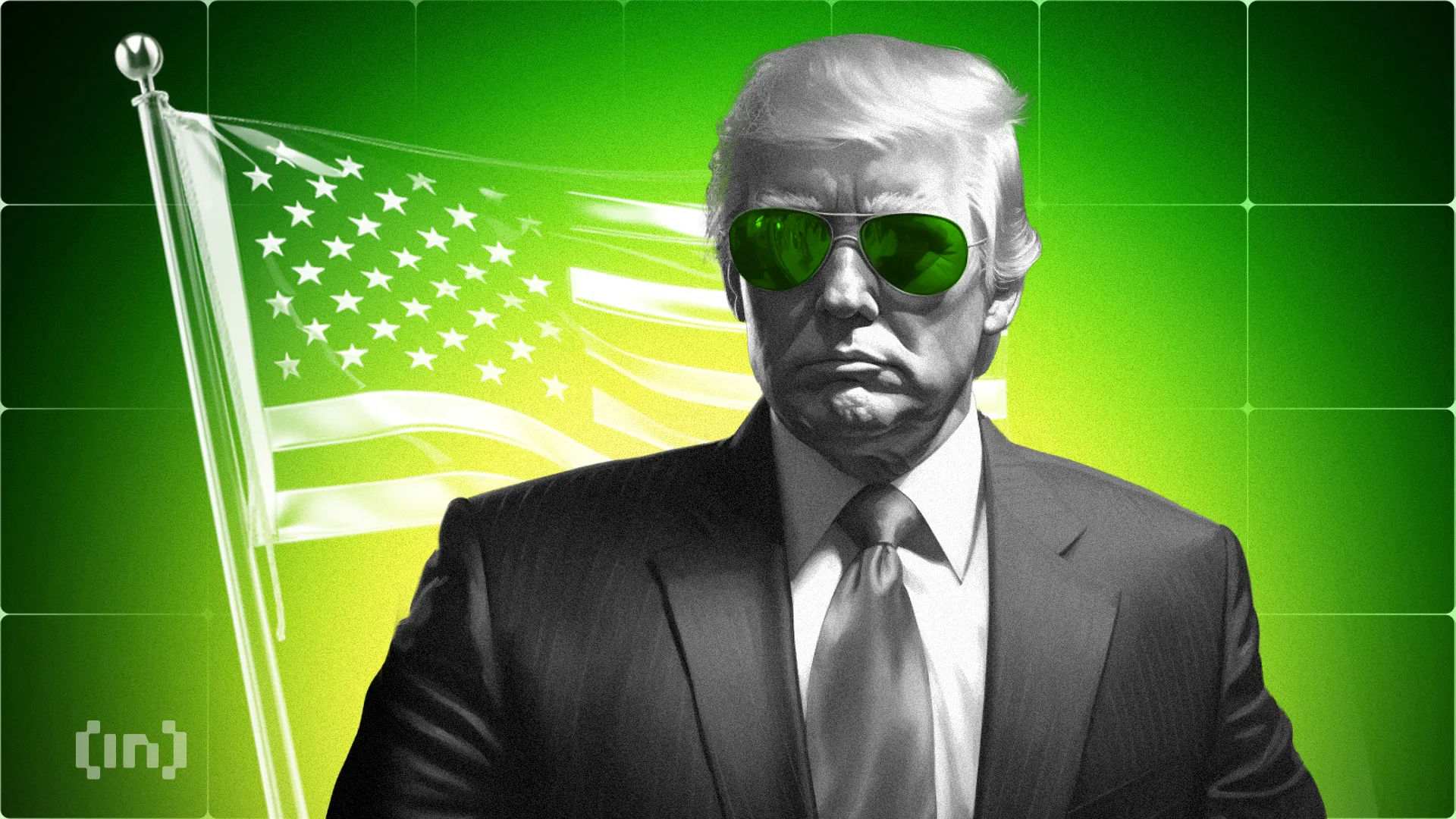
 Market21 hours ago
Market21 hours agoStrategic Move for Trump Family in Crypto
-
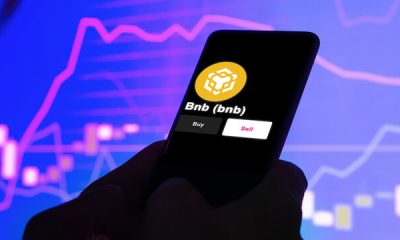
 Market16 hours ago
Market16 hours agoBNB Breaks Below $605 As Bullish Momentum Fades – What’s Next?
-

 Market20 hours ago
Market20 hours agoTop Crypto Airdrops to Watch in the First Week of April
-
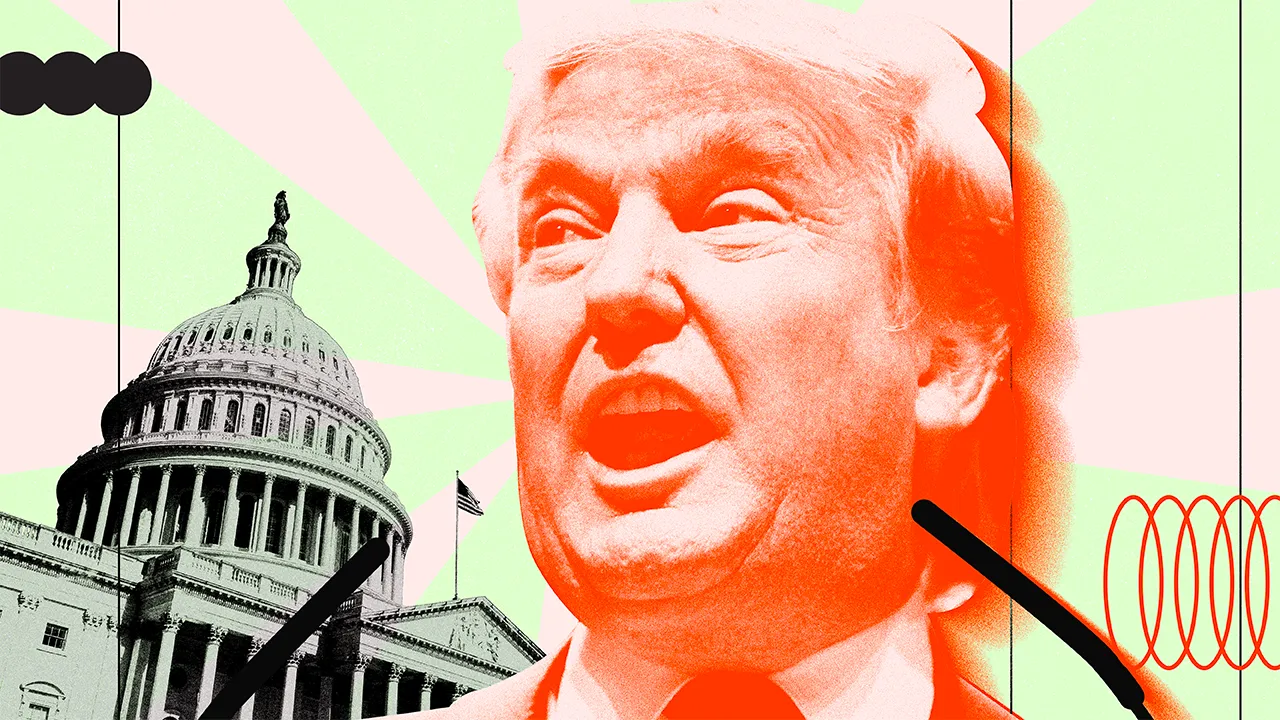
 Market15 hours ago
Market15 hours agoTrump Family Gets Most WLFI Revenue, Causing Corruption Fears




